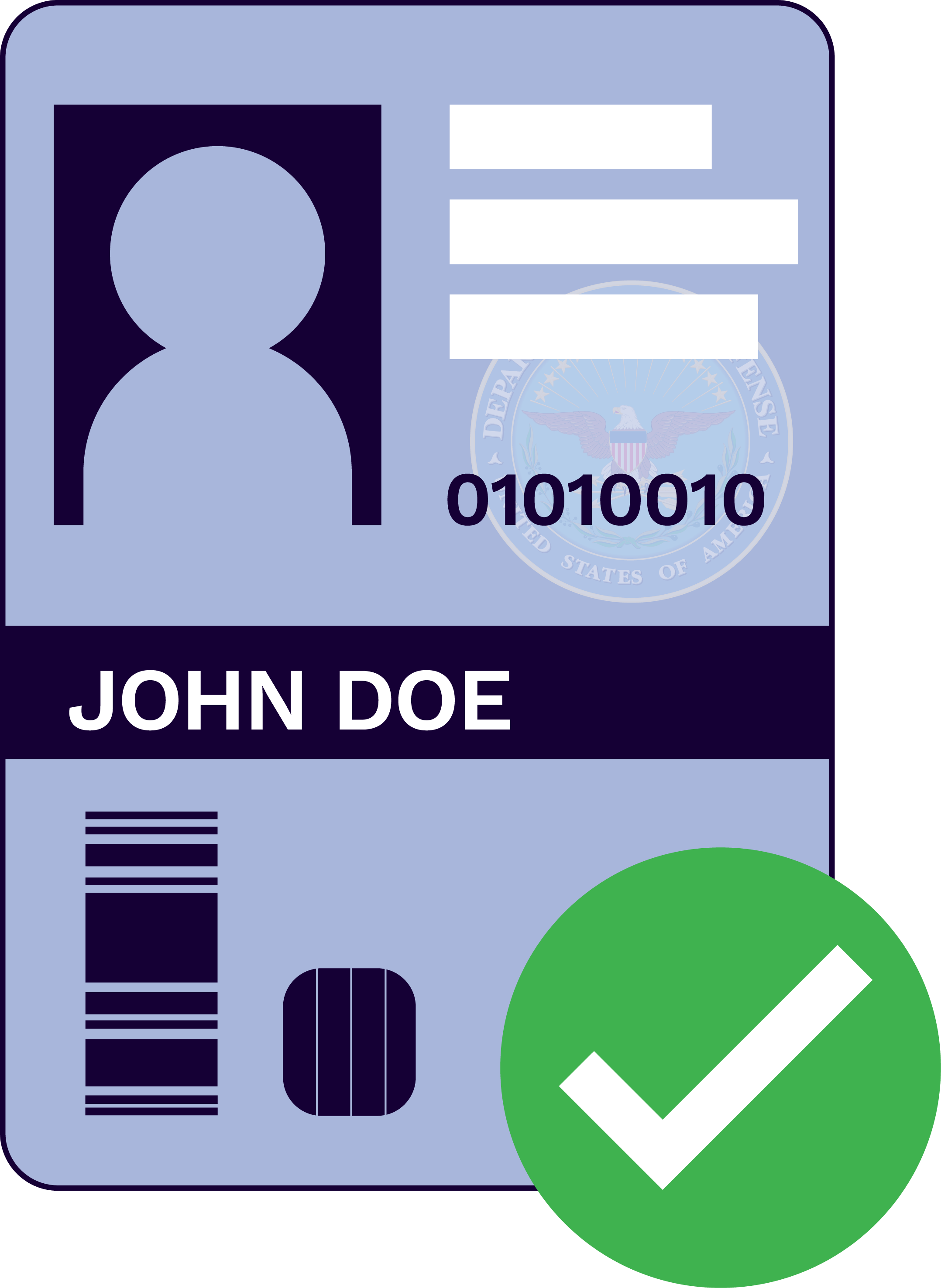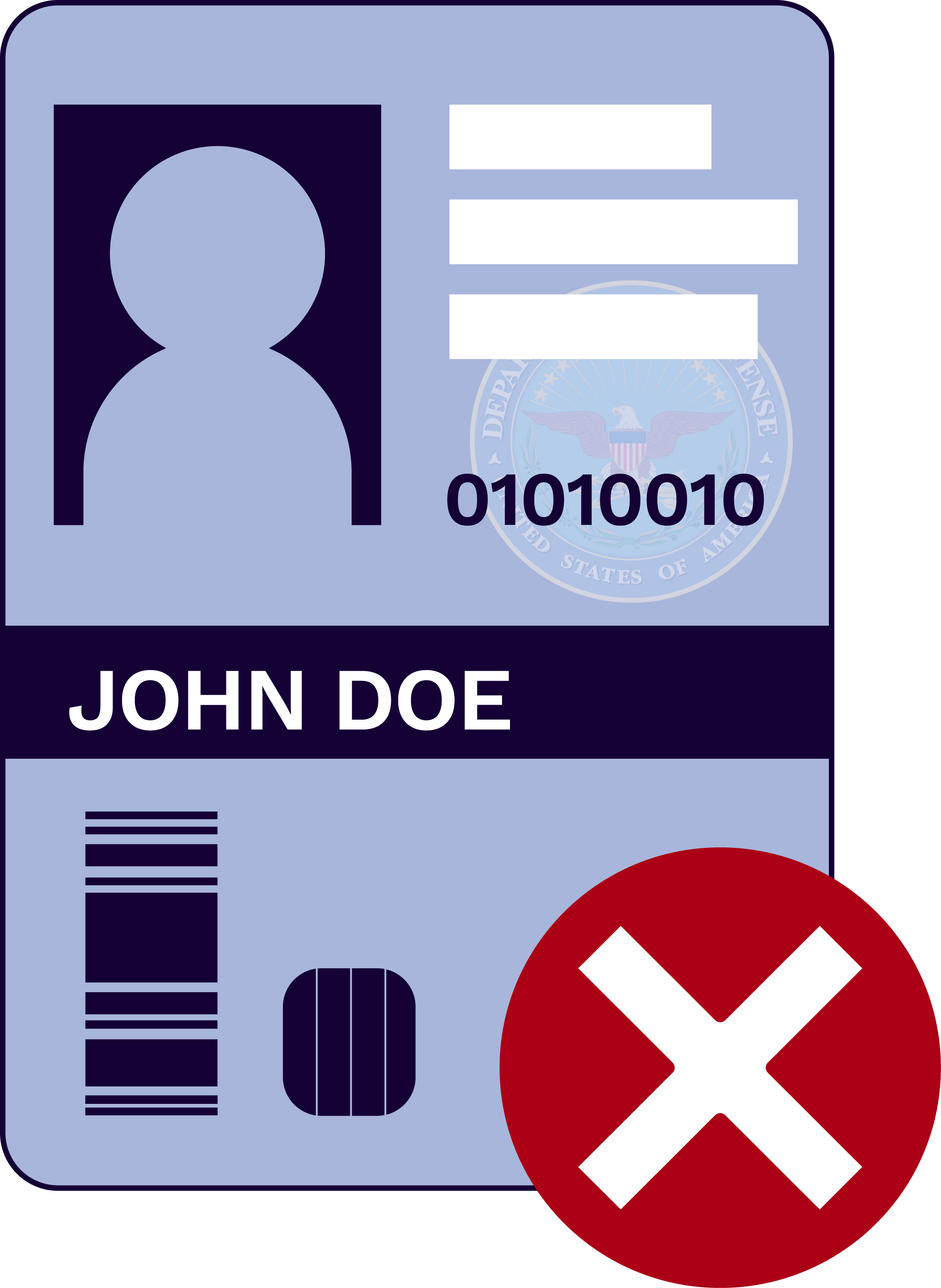
Radar-Directed Gun System Simulation (RADGUNS) is used to evaluate the effectiveness of Air Defense Artillery (ADA) gun systems against penetrating aerial targets. It is also used to evaluate the effectiveness of different airborne target characteristics (radar cross section (RCS), maneuvers, use of electronic countermeasures, etc.) against a specific ADA system. RADGUNS is a complete one-on-one simulation, including weapon system, operators, target model (RCS and presented/vulnerable areas), flight profiles, environment (clutter and multipath), electronic attack, and endgame. RADGUNS can assess many aspects of a weapon system’s performance including target detection, tracking performance, probability of hit (Ph), probability of kill (Pk), expected number of hits, and the effects of jamming. ADA weapon systems are typically modeled at either the subsystem or circuit level, consisting of acquisition and track radar and/or optical systems, a set of rapid fire anti-aircraft guns, a fire control computer (FCC) and servo system to aim the guns, and a crew to operate the system.
Weapon systems in RADGUNS can acquire, track, and engage aerial targets. After the acquisition radar detects a target, it is handed off to the target tracker radar (TTR) system. Thereafter, the target is tracked automatically and the FCC generates gun-pointing information. When the FCC has computed an intercept solution, the operators may fire at the target according to prescribed firing doctrine. Acquisition, tracking, and shooting engagement simulations may be executed for either single- or multiple-flight path scenarios. A single simulation performs a single weapon vs. target engagement, while a multiple simulation performs several single weapon vs. target engagements where the initial target position or velocity is varied from engagement to engagement. Each of these flight paths can be run with Monte Carlo simulation by selecting multiple replications of each flight path. With the Monte Carlo option, initial search azimuth, radar wavelength, receiver noise, glint frequency, and optical tracker parameters are varied from replication to replication (changing the radar wavelength causes the clutter and multipath returns to vary as well). The weapon system models are deterministic or transfer function type, rather than stochastic; only the endgame is stochastic. The pulse-by-pulse radar receiver model processes target (including multipath), jammer, and ground clutter returns. Ph and Pk are calculated using distribution theory.



